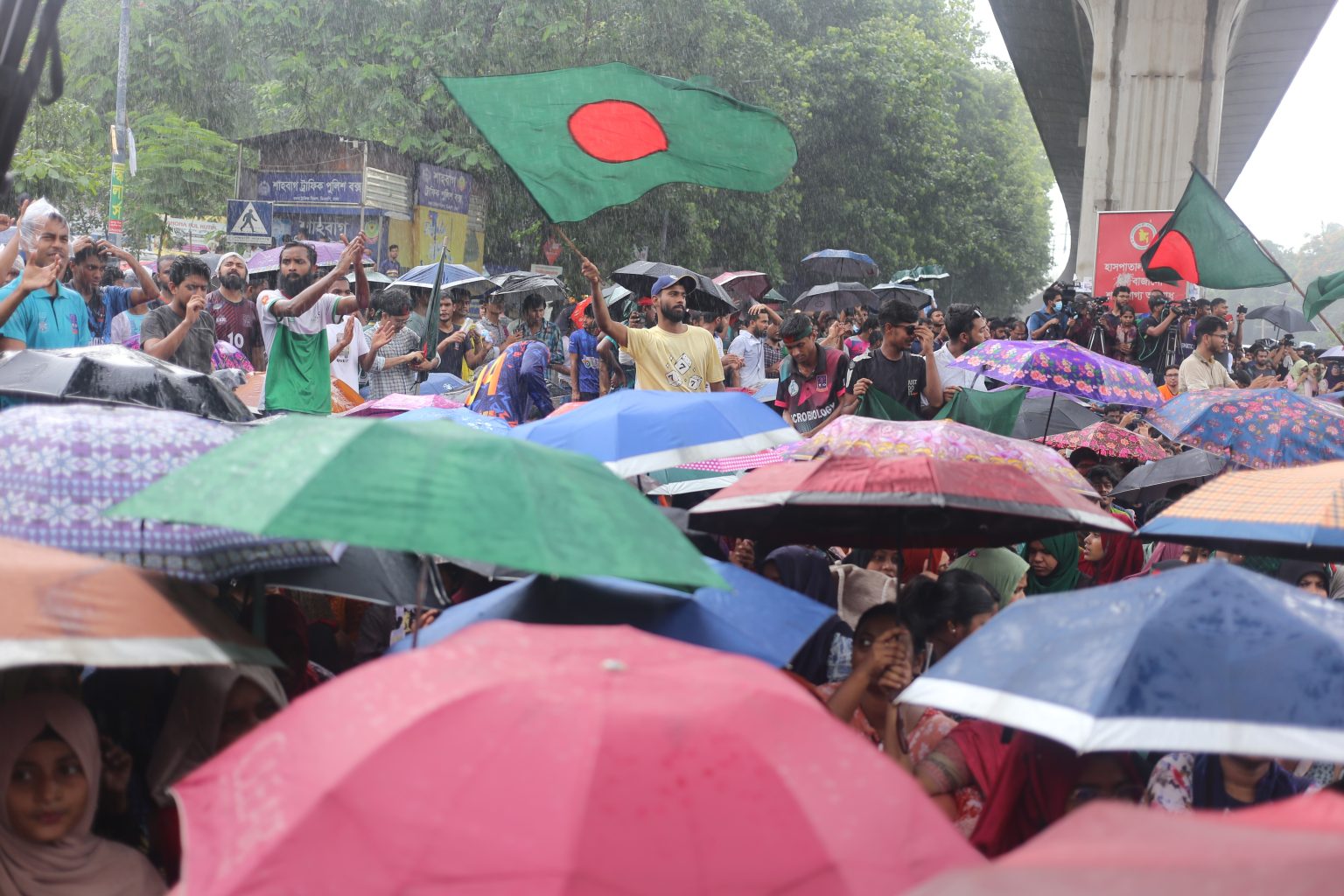As the sun rose on July 21, 2024, Bangladesh awoke to yet another day without internet—marking one of the longest digital blackouts in the country’s history. The silence of the digital world, once a place of constant noise and connectivity, began to echo a much deeper societal unrest unfolding in the streets.
In a nation increasingly dependent on digital access for everything from banking to education, the blackout struck a nerve. ATMs failed to dispense cash, mobile banking apps wouldn’t load, and online freelance workers—many of whom rely solely on international clients—saw their incomes vanish overnight.
“I had a deadline to deliver a design to a client in Europe,” said 26-year-old freelancer Arifa Sultana from Chattogram. “Now they think I missed it on purpose. I’ve lost not just a job—but trust.”
Journalists, too, were left silenced. In the absence of real-time news, rumors spread like wildfire. On-the-ground reporters found themselves cut off from editors and unable to verify claims, further deepening public confusion about what was really happening in the streets.
The government later attributed the shutdown to a fire incident in data centers in Dhaka’s Mohakhali area. Former State Minister for ICT Zunaid Ahmed Palak made the announcement, though many civil society voices questioned the timing and transparency of the explanation—especially amid mass anti-discrimination protests sweeping the country.
While the blackout paralyzed the digital economy, the streets of Dhaka and other cities told a different story—of quiet resilience and continued resistance.
Just days earlier, the government had postponed the scheduled Higher Secondary Certificate (HSC) exams for July 21, 23, and 25. The Ministry of Education cited “unstable conditions” as the reason. For students like Mahir Hasan, who had studied relentlessly for months, it was yet another blow in an already uncertain year.
“I don’t even know when I’m supposed to prepare for anymore,” Mahir said. “First the protests, now this. I feel like we’re all stuck in limbo.”
Amid the blackout and chaos, a major judicial development went almost unnoticed. The Supreme Court quietly issued a landmark order to reduce the controversial quota system in public jobs. The 30 percent quota previously reserved for the children and grandchildren of freedom fighters was slashed to 5 percent. The general quota was brought down to just 2 percent.
For the thousands of students who had been marching for months against discrimination and inequality, it was a hard-fought victory—though one tempered by grief.
To document the toll of the protests and state response, the Anti-Discrimination Student Movement, in collaboration with the Ministry of Health and Family Welfare, formed a 17-member central health subcommittee. Their mission: to compile a list of the dead and injured, and ensure they are not forgotten.
“This isn’t just about numbers,” said Dr. Afnan Rahman, one of the committee’s youth representatives. “Every name is a story, a family, a future interrupted.”
While authorities have promised to restore full internet access “soon,” no concrete timeline has been provided. For now, the blackout lingers—a haunting metaphor for a nation caught between the desire for progress and the weight of its unresolved past.
In a quiet corner of Dhaka, 17-year-old Salma lit a candle on her windowsill. “We may not be online,” she said, “but we’re still here. Still resisting. Still hoping.”


